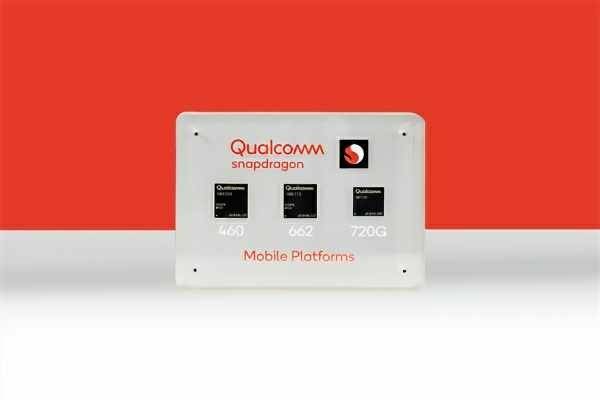
Google started adding seamless system update function to Android in 2016. In simple terms, it divides the mobile phone system into A / B. When the phone needs to be updated or upgraded, the new system will be downloaded and installed to and Another segment that is different from the existing system, and then the phone will select the segment that was just updated when the system is reloaded. Through this A / B two-part design structure, the chance of system update problems can be reduced.

Unfortunately, although seamless system updates have been available on Android for many years, not all manufacturers have followed. The seamless system update not only reduces the impact when problems occur, improves stability, but also shortens the user’s waiting time. Because the system update is performed in the background, users do not need to suspend the use of mobile phones to wait for installation and other settings.
A few days ago, the website XDA Developers found that Google ’s Vendor Test Suite (VTS) test suite has recently been updated. The focus is on requiring all devices using the Android 11 system to support seamless system updates. VTS will check all devices running Android 11, if it is found that it does not support the A / B partition architecture, it will fail the test, and unqualified devices will not be able to pre-load Google programs and services. It is conceivable that unless manufacturers insist on not pre-loading GMS, they will add this user-friendly feature to future new machines.
Source: androidpolice






